This article is part of the Under the Lens series
- The Virginia Housing Development Authority partnered with Alquist, a 3D printing company based in Iowa, to fabricate a 1,550-square-foot house—the first 3D-printed home in Virginia. Photo courtesy of the Virginia Center for Housing Research
- A closer look at the 3D printing nozzle. Photo courtesy of the Virginia Center for Housing Research
- The house was built on a large corner lot in South Richmond so that the 3D printer had enough room to operate. Photo courtesy of the Virginia Center for Housing Research
- An inside view of the 3D printed home while construction is in progress. Photo courtesy of the Virginia Center for Housing Research
- An exterior view of the 3D printed home while construction is in progress. Photo courtesy of the Virginia Center for Housing Research
- A rendering of what the completed project will look like. Photo courtesy of the Virginia Center for Housing Research
Editor’s Note: This is the second in a series of articles by Jared Brey about alternative construction methods and their use in the affordable housing world. Missed the other installments? Here’s Part 1: Can New Construction Methods Lower the Cost of Housing?, and Part 3: Does ‘Innovation’ in Construction Just Mean Fewer Jobs?
Lynn McAteer is accustomed to building housing the old-fashioned way. As vice president for planning and evaluations at the Better Housing Coalition, McAteer is helping to shepherd some 600 units of new low-income housing onto the market in Richmond, Virginia, adding to the roughly 1,600 units the group already manages. Though the Better Housing Coalition mostly does multifamily development, it has also built around 225 single-family homes, primarily sold to single people earning around 80 percent of area median income.
|
Modular Building—3D segments of a home (modules) are built offsite, at a factory, and assembled on-site. Structural Insulated Panels—2D segments of a home—such as walls and floors—are built offsite, at a factory, with internal and external sheathing, insulation, and vapor barriers, and assembled on-site. 3D Printing—A specialized machine extrudes walls on site from a concrete compound. Shipping Containers—Used shipping containers are joined together (often three to an apartment) to form the frame of a housing unit. Components are fabricated offsite, adding things like insulation, wiring, and windows, and joined together on-site. |
Lately, with construction costs continually escalating, McAteer says it’s been almost impossible to build a house for less than $300,000, requiring ever-greater subsidies to get income-limited people into new homes. So last year, when the Virginia Center for Housing Research at Virginia Tech approached the Better Housing Coalition about building a house with a 3D printer as part of an effort to test out potentially cost-saving building technologies, McAteer was intrigued.
“I had never seen one before,” McAteer says, “and it was like, ‘Oh my gosh, this thing is an industrial-size pastry bag.’” The center used a $500,000 grant from the Virginia Housing Development Authority and partnered with Alquist, a 3D printing company based in Iowa, to fabricate a 1,550-square-foot, single-story concrete house—the first 3D-printed home in Virginia. The house was built on a large corner lot in South Richmond, necessarily outside of the densest parts of the city so the 3D printer, which requires 15 feet of buffer space on each side of the 39-foot-square footprint of the home, had room to operate.
Around the country, community developers are experimenting with alternative construction methods that many advocates hope will reduce the cost of housing and make new supply more affordable to more people. Some of these technologies, including 3D printing, remain in their infancy, and even better-tested methods like modular prefabrication—where the primary structures of a building are built in a factory offsite—have yet to show widely applicable cost-cutting results. But community developers continue to try out new technologies and processes, often as much out of a sense of responsibility to help put potential solutions to the test as in hopes of saving money on any given development.
In Richmond, for example, even before the construction process could begin, the Virginia Center for Housing Research had to pay out $370,000 to acquire the printer from a supplier in Denmark, according to an Associated Press report. But the 3D-printed house is the subject of an ongoing academic study by the center. McAteer says they’re hoping to show that the costs for a typical project could come in below $200,000 and that the house could sell for around $220,000.
“Where the savings is supposed to come in is that, obviously, it doesn’t take as long to build the house that way,” McAteer says. “If it takes two days to do that as opposed to three weeks for stick-built, you save money on labor. And all the plans are computer-generated.”
At the moment, though, there’s no such thing as a typical 3D-printed house, and not many sites in old cities like Richmond where the process is even feasible. Across the country, Habitat for Humanity Central Arizona is carrying out another 3D-printed house experiment in partnership with the City of Tempe and PERI, a German company that supplied the printer. Similar to how the Richmond project got started, Habitat was approached by a board member—a professor at Arizona State University—who wanted to test out the concept, says Tina Burgoz, chief development officer at Habitat Central Arizona.
The internal and external walls were poured by the 3D printer over the summer, and the home is being finished using more traditional methods, including with Habitat’s signature community volunteer labor. Burgoz says the group is hoping it will be finished and ready for an already identified family to move in before Thanksgiving. Over time Habitat is tracking the costs of the project versus a stick-built house, and it will monitor operational costs like energy bills and other aspects of the residents’ experience in the home as well, Burgoz says. Eventually they’ll publish a report collecting the lessons they learned. But they don’t expect this particular project to be cheaper than a traditional one.
“We thought, if this makes sense and if this works, how amazing would it be to be able to print faster and with less cost and less waste?” Burgoz says. “But we knew this first one would not be the case. … We knew it would take more time and more trial and error.”
[RELATED ARTICLE: Can New Construction Methods Lower the Cost of Housing?]
Andrew McCoy, professor and director of the Virginia Center for Housing Research, says he’s collecting data on the direct costs of the 3D printed house in Richmond and comparing them to costs he’s collected for traditional projects over the past five years. The costs include all materials and labor from clearing the site to landscaping and handing over the keys. McCoy says he’s hopeful that once the kinks in the process are worked out, the direct costs of 3D printing a concrete home will be about 8 percent lower than traditional building.
“This first house is very experimental, and it’s a prototype, so it’s expensive,” he says.
McCoy says he thinks that 3D printing will likely become “a compelling option” for certain construction projects, especially for multifamily development.
“I think people get stuck on this idea of, is it successful or not? And honestly, we have so much need for so many different ways to bring innovation into housing to bring the cost down,” he says. “It’s just one option, but it’s a good option.”
A New Use for Shipping Containers
Many new methods of construction require big upfront investments. In one instance, two community development financial institutions (CDFIs) are working together to create a new housing project in a low-income section of West Palm Beach, Florida, using repurposed shipping containers and modular prefabrication. The CDFIs are also planning to bring in a new modular manufacturing plant in Jacksonville to serve future projects. Jeff Crum, chief investment officer at New Jersey Community Capital, says his group and the Florida Community Loan Fund were awarded a PRO Neighborhoods grant from JPMorganChase to build affordable housing using new methods. The project is using steel shipping containers in the fabrication of 56 new units, which will be leased to people earning between 60 percent and 120 percent of the area median income. Crum estimates that the project might save around 8 percent of the material and labor costs of a typical development—far less than they’d originally hoped. But the savings could jump to 15 percent to 20 percent when the factory is built, which Crum hopes will be complete in the next two years. Crum says the factory will be built on a vacant 14-acre parcel in Jacksonville, leased long-term and at a nominal fee by FMC, a chemical manufacturer, to Crisis Housing Solutions, which will be the nonprofit owner of the factory.
[RELATED ARTICLE: Containing Costs through Shipping Container Housing]
The groups have used the JPMorganChase grant as funding for research and development, Crum says. The first-time nature of the process has raised costs, but it’s building a process for lowering them later.
“We really did spend years with the architect designing it, getting the municipality comfortable with the method, getting contractors comfortable, and most recently getting the lender comfortable,” he says. “It’s taken a lot longer than I would have hoped … but once we get this done, it proves the concept.”
Some community developers say it’s likely that new technologies and methods will be proven out and brought to scale in market-rate developments rather than affordable housing projects, which already have extra hoops to jump through. But others say that nonprofit community developers, many of which have social missions that are about more than just housing, should go out of their way to experiment with the construction process. Such groups are sometimes able to access grants that can fund projects and research at the same time as well.
“It’s absolutely our place to innovate and be willing to pay out a higher marginal cost to explore whether or not a given building technology [is viable],” says Brennan Crawford, executive director of Community Housing of Wyandotte County in Kansas City, Kansas.
Crawford’s group has used modular construction in the past, and found it ended up being more expensive than traditional methods because contractors weren’t familiar with the process and charged a premium. It might have been cost-effective if the project had included more units, because of the economies of scale. In the hilly Kansas City landscape, he says, “3D printing is a ridiculous idea, because where the hell is the equipment going to go?”
But the group is continuing to experiment with structural insulated panels and insulated concrete forms, Crawford says. If community developers can find ways to reduce the cost of building new housing, especially ways that don’t reduce the number of jobs they help provide, Crawford says that ultimately helps serve their mission.
“We are social-benefit housing developers; we have financial advantages; I don’t have to pay capital gains tax,” he says. “So we damn sure should be leveraging those benefits to be providing the maximum social benefit we can, and that includes improving the way we build houses.”
|
|



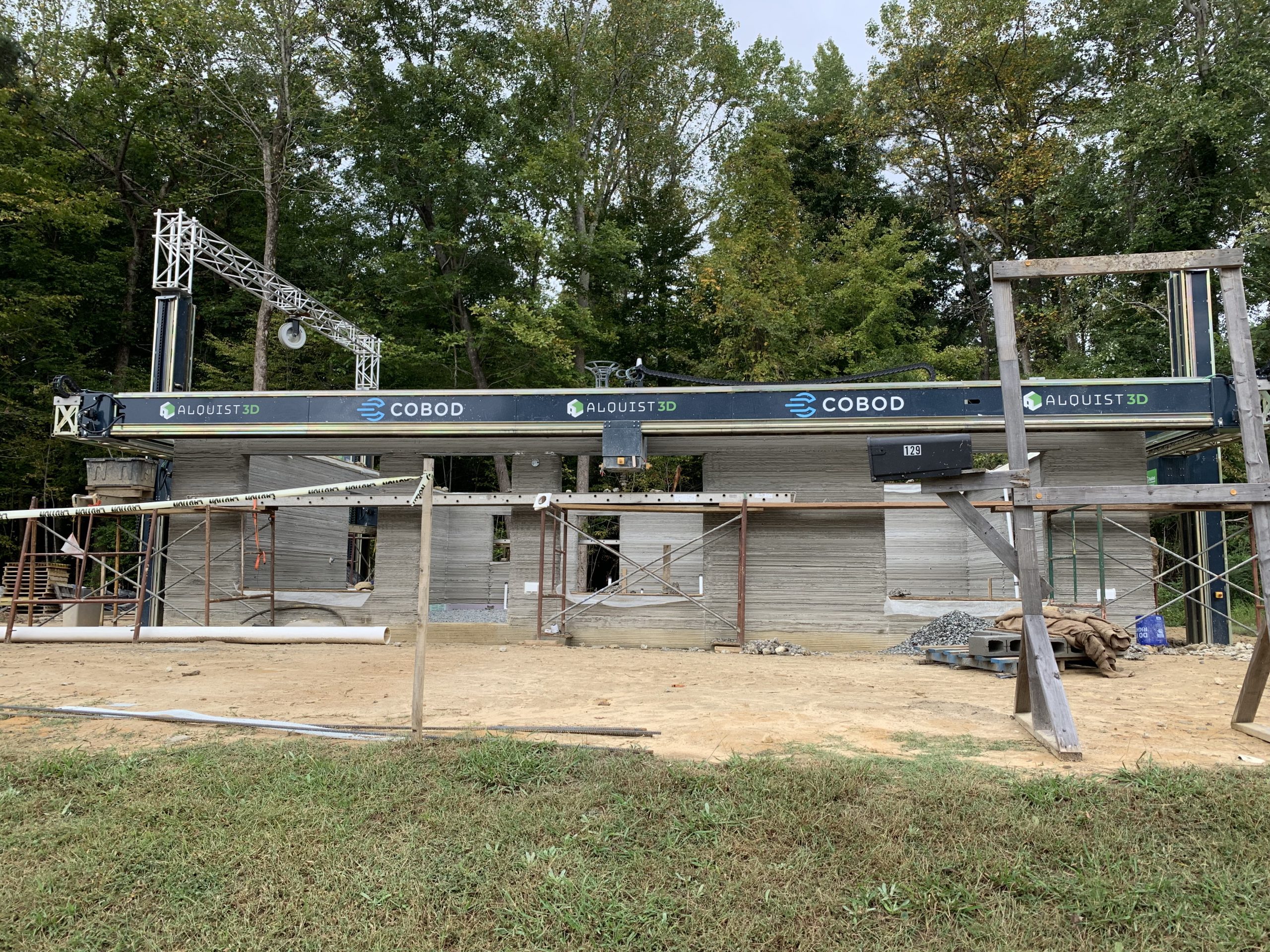
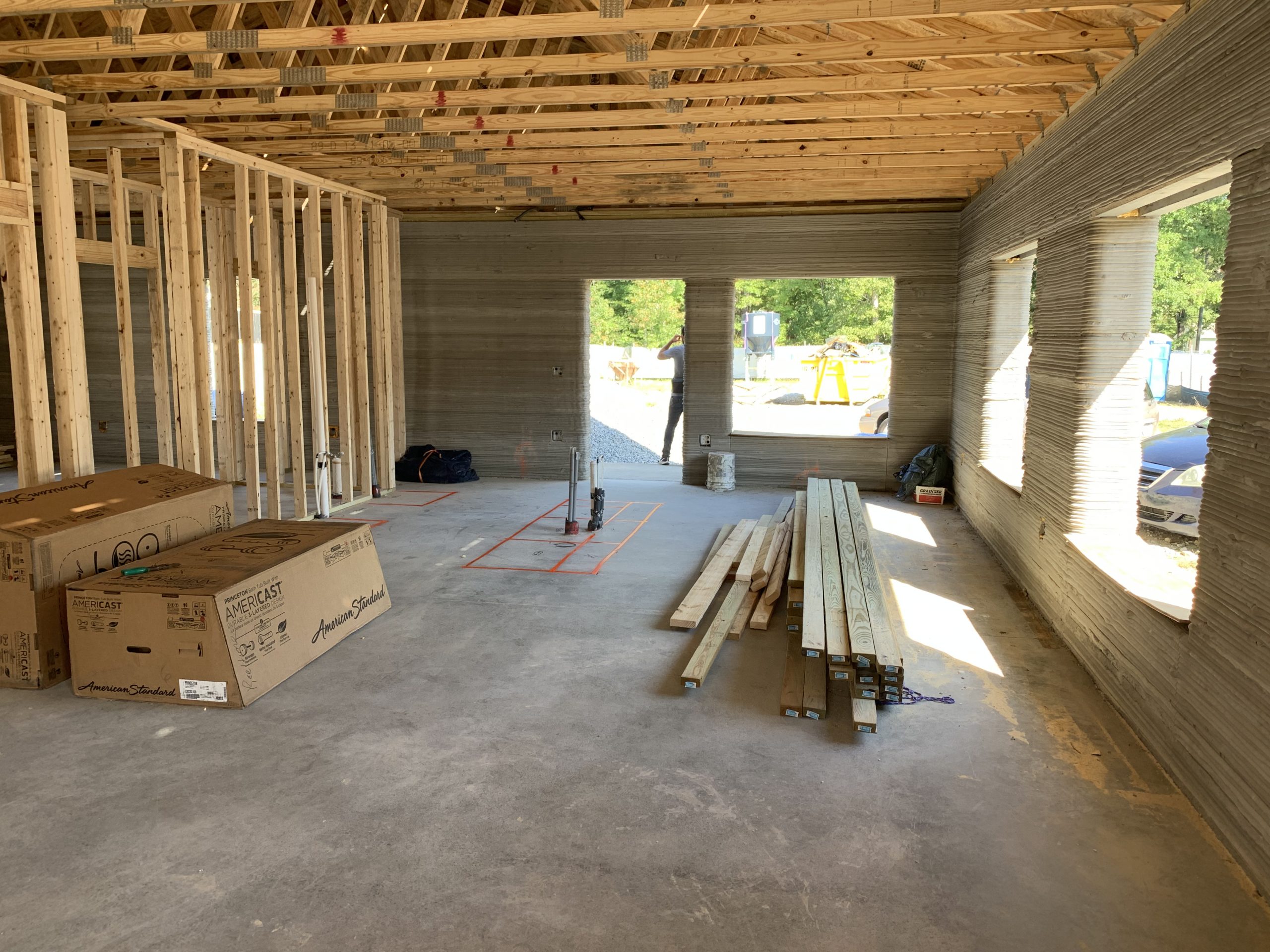
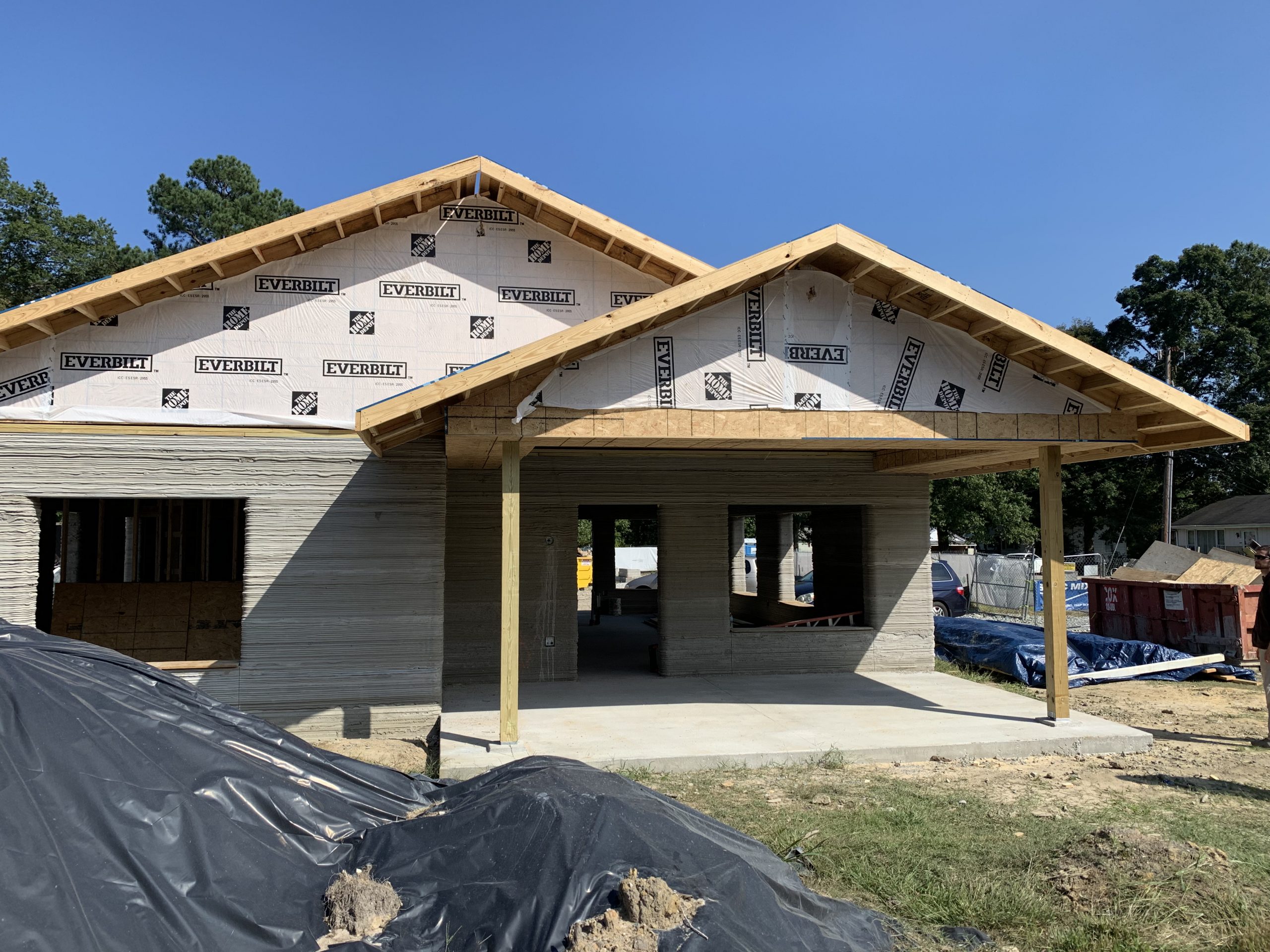


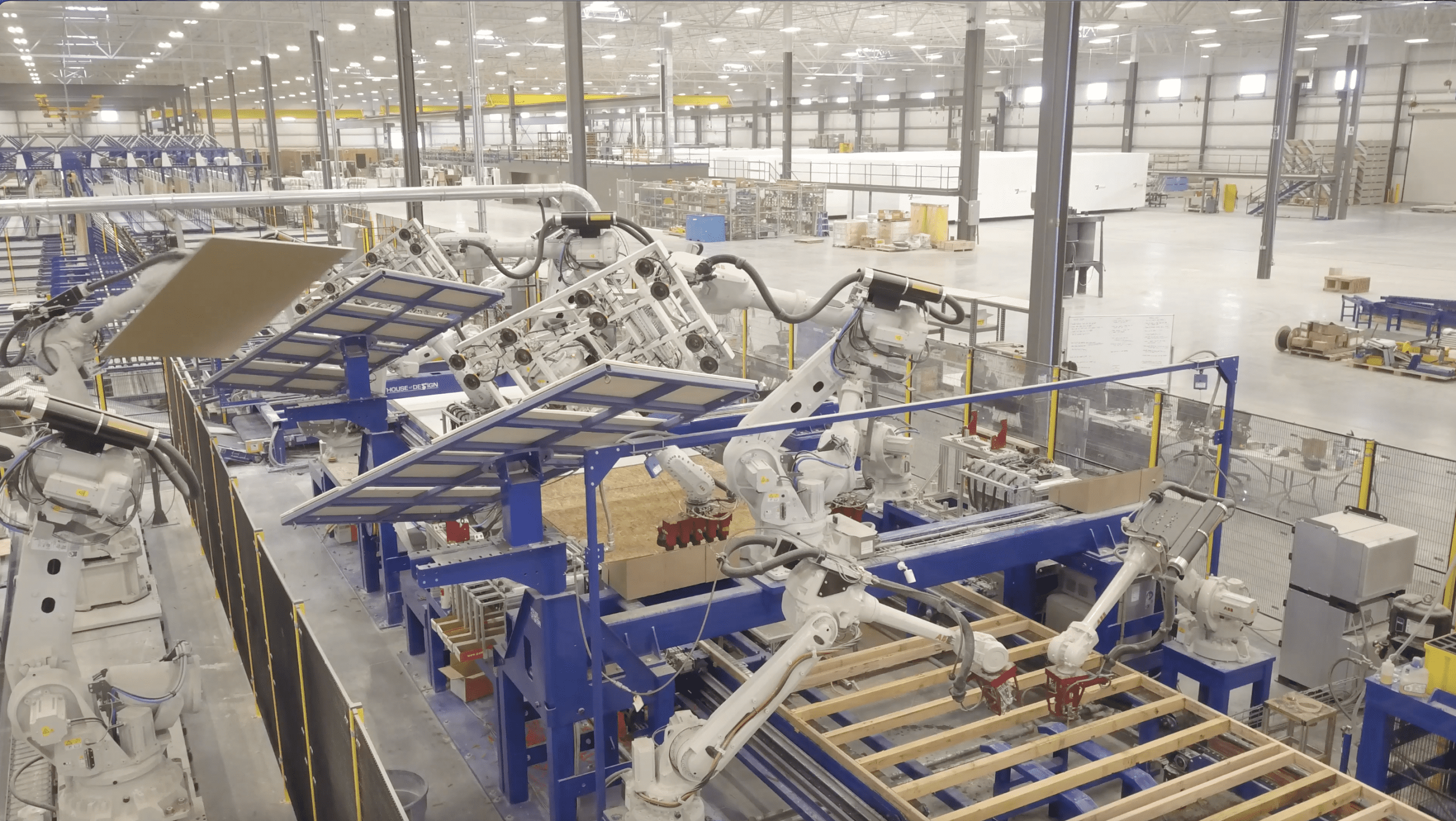
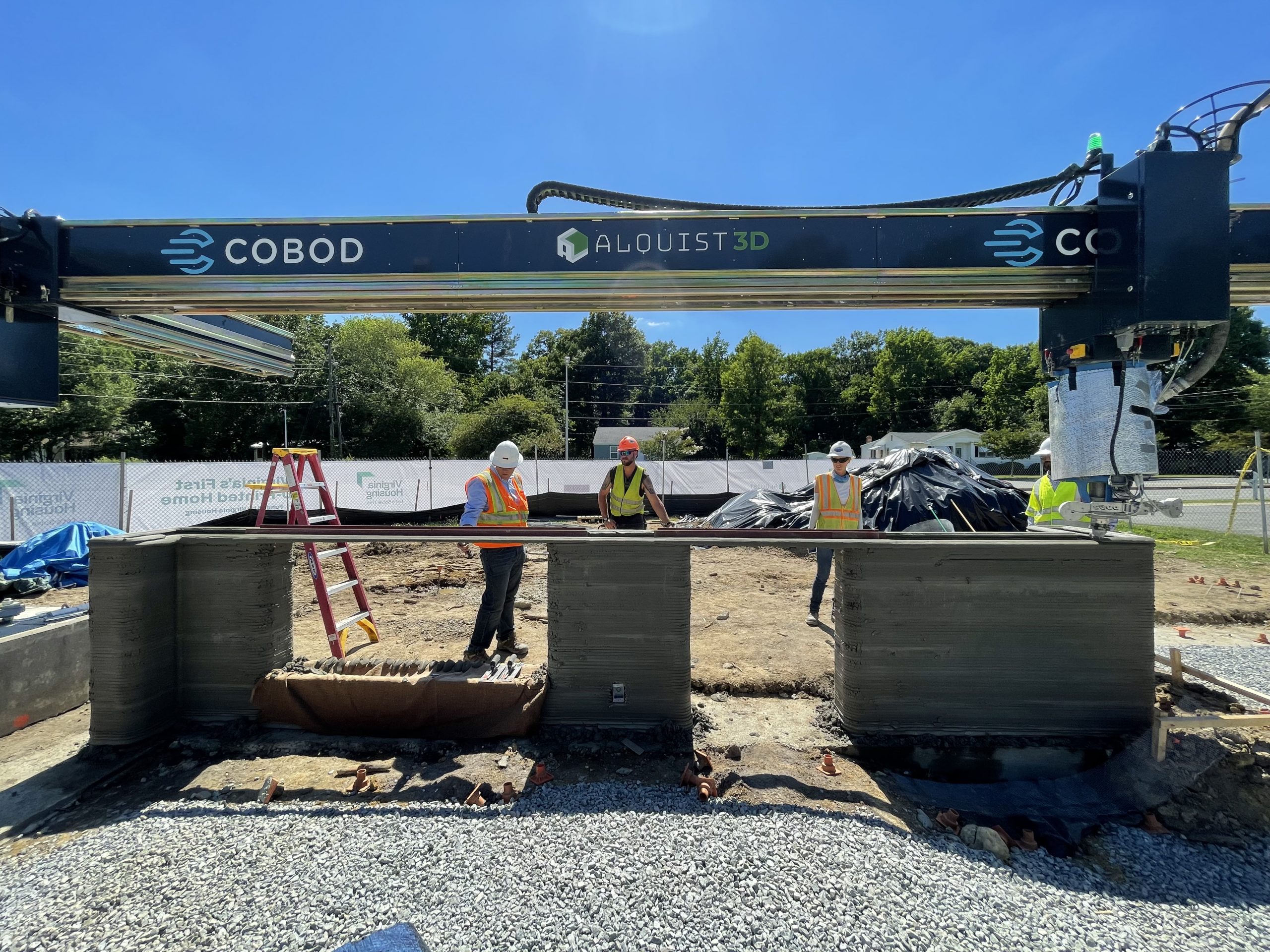
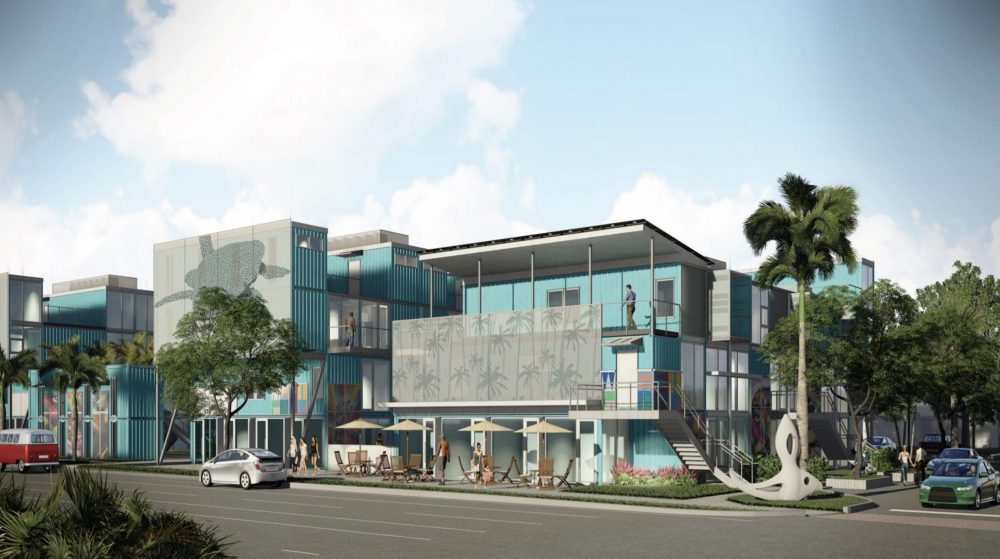
Performance framing, ICF, ‘prefab’ – we need a full on press to use whatever methods we can come up with to increase the available/new techniques in building RR/EE affordable housing nation wide. Colleges, unions, state/fed gov all need to get involved in developing/applying these benefits to our housing stock ! Looking forward to next article, will f/u with finding the last.
If I’m understanding this 3D process in particular correctly from the previous article it involves an oil based plastic product. What is the carbon footprint of this production process? That must be considered part of the environmental cost of building these houses.